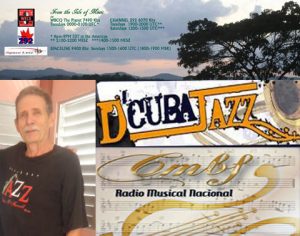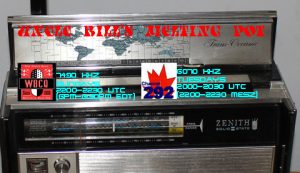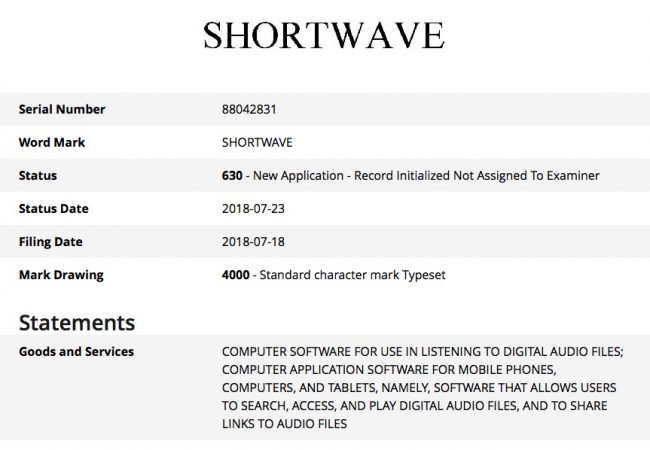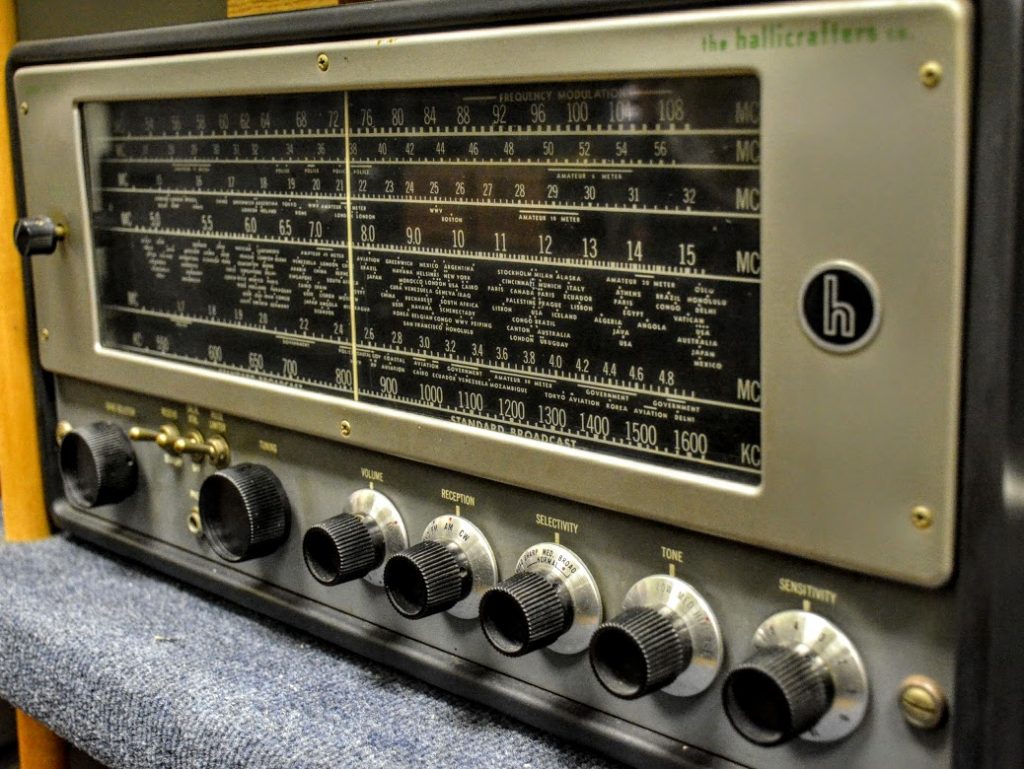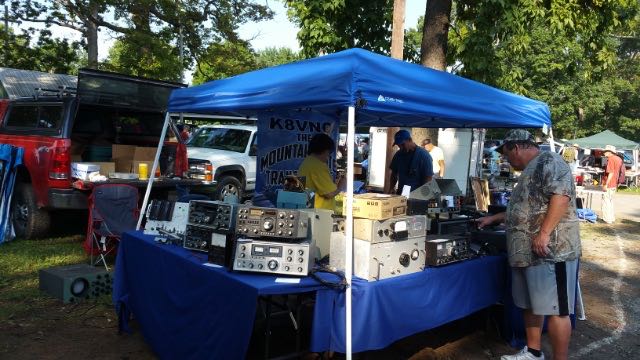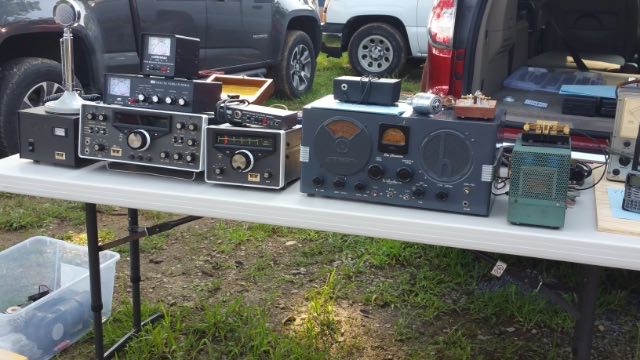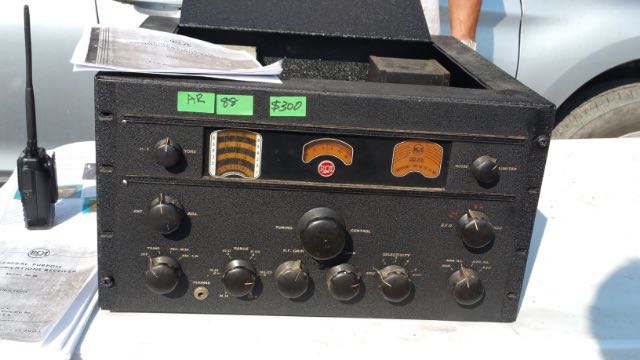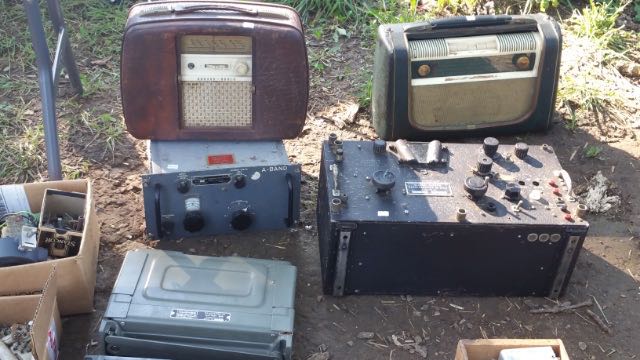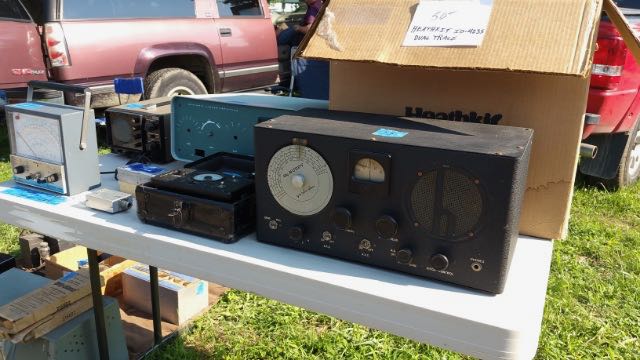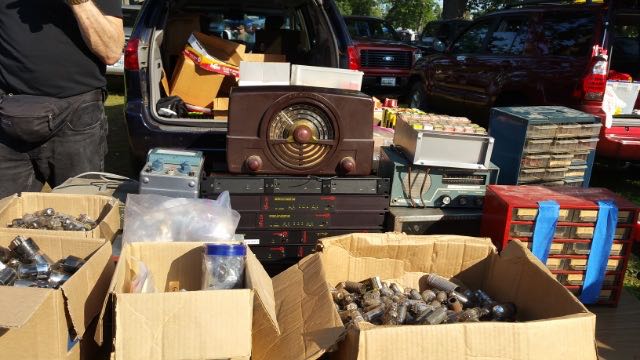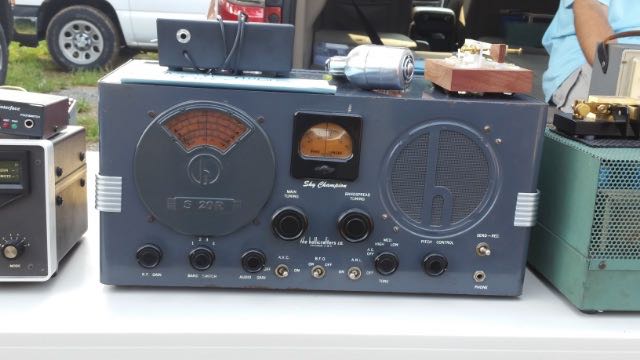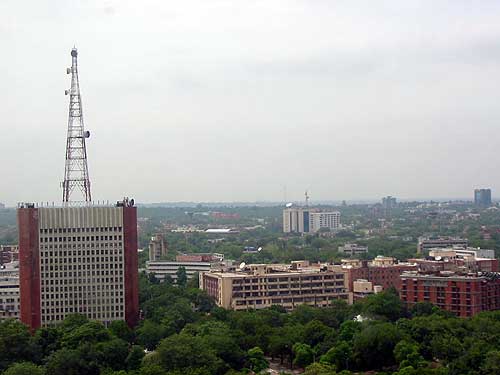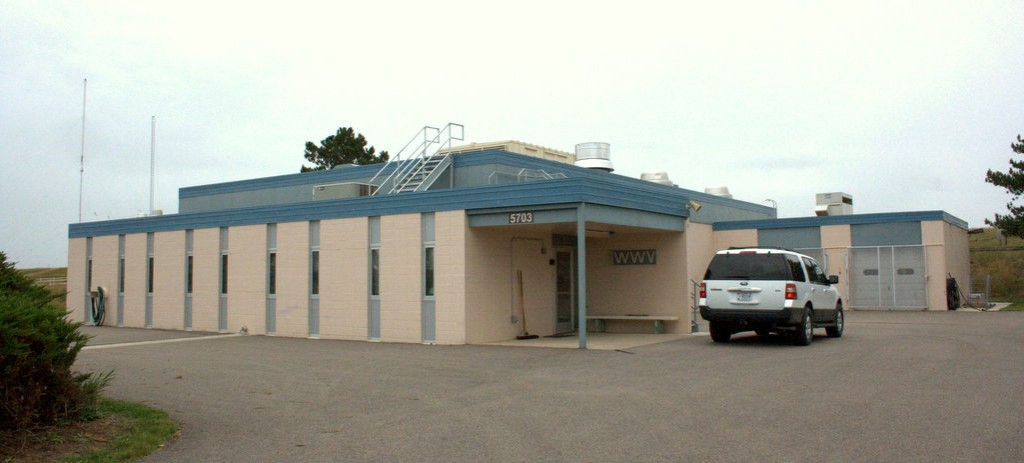
WWV’s transmitter building in Fort Collins, Colorado (2014)
Regarding the NIST FY2019 budget which includes a request to shutdown WWV, WWVH, and WWVB, many of you have been asking if there has been an update.
We will keep you posted as this budget moves through the process, but in the meantime I’ll share the feedback and links provided by Gail Porter, Public Relations Director for the National Institute of Standards and Technology (NIST).
Ms. Porter writes:
We are proud of the time and frequency services we provide through our radio stations and understand that these services are important to many people.
As you likely know, the President proposes budgets for executive branch agencies and then the Congress considers that request before determining funding levels for each agency and passing an appropriations law to implement a budget for a given year.
The President’s full NIST FY 2019 budget request to the Congress is available at the link below, including a brief description of why the shutdown of the radio stations is proposed: http://www.osec.doc.gov/bmi/budget/FY19CBJ/NIST_and_NTIS_FY2019_President’s_Budget_for_508_comp.pdf. see page NIST-25.
[…]The sentence below, which appears on page NIST 25, is the best description we have available to respond to your question.
“To consolidate and focus work on NIST efforts in quantum science, while maintaining essential core capabilities in measurement science research and measurement dissemination NIST will eliminate efforts that have been replaced by newer technologies, measurement science work that lies outside of NIST’s core mission space, and programs that can no longer be supported due to facility deterioration.”
[…]Here is a link to the NIST Budget Table for the FY2019 Presidential Request.
Also, in case these are of interest, here are links to press releases issued in May and June 2018 by the U.S. House of Representatives and the Senate Committees’ on Appropriations about the FY2019 budget process:
House
Senate
Hope this information is helpful.
Many readers have been asking if all NIST stations are included in these cuts–the answer is yes.
If this budget passes as written, WWV, WWVH, and WWVB will all be closed.
If you value these NIST time stations, I would encourage you to contact your local representatives, and sign this White House petition.

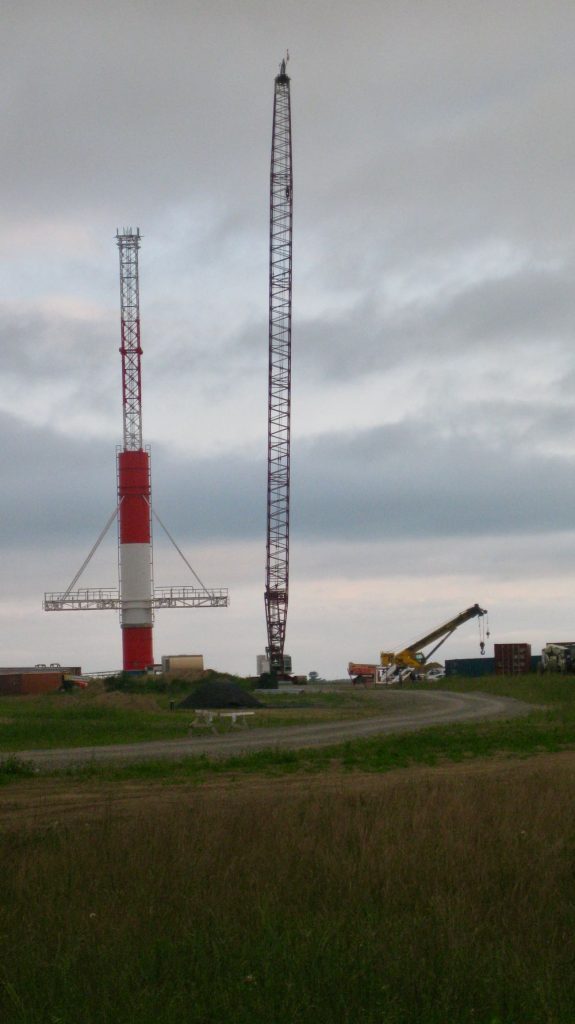 Thanks for sharing these shots, Lee! Looks like the station is coming along nicely.
Thanks for sharing these shots, Lee! Looks like the station is coming along nicely.

